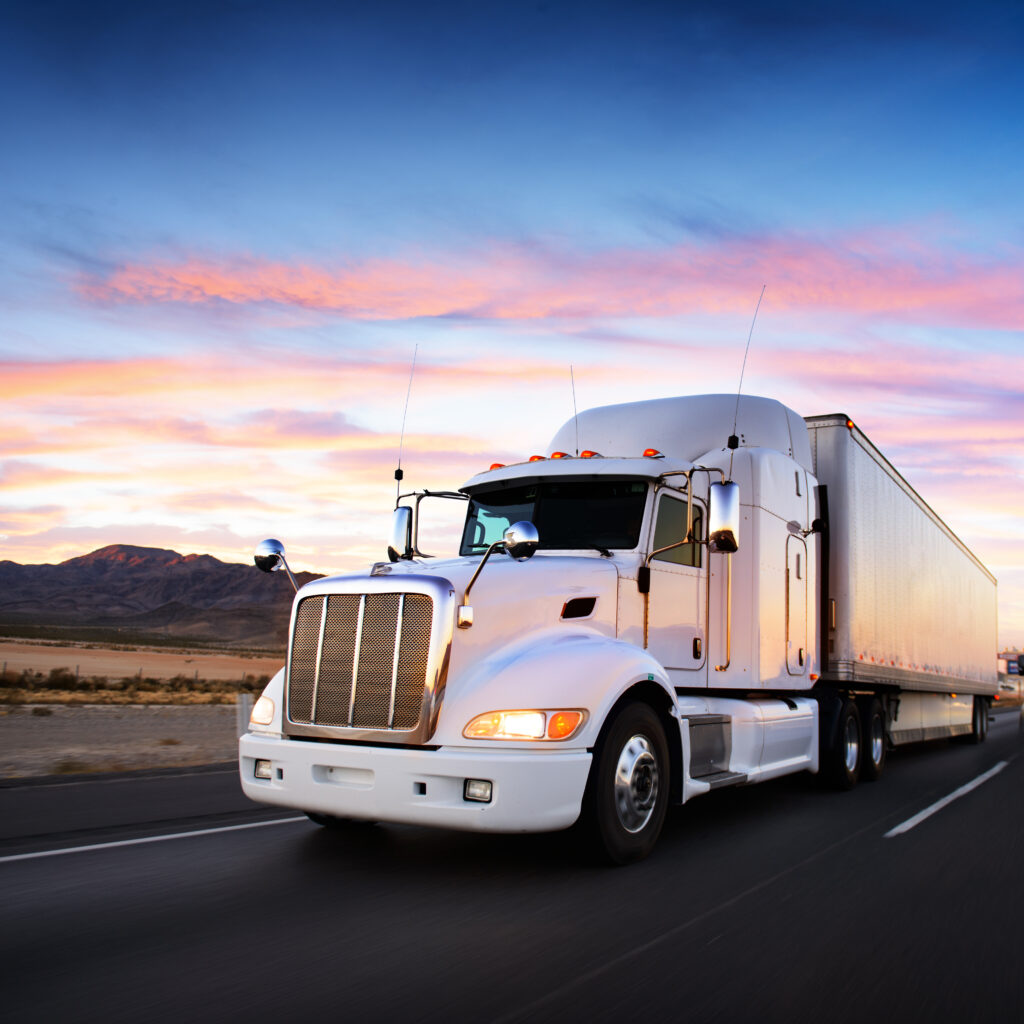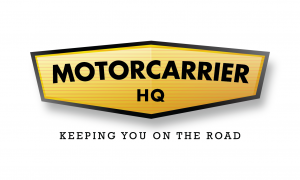August 10, 2023
Step-By-Step Guide to Getting Your Apportioned Plates

There are a lot of rules and regulations to follow in the industry. Getting your apportioned plates is no exception.
If you drive into another state or cross national lines for work, the government considers you part of the great interstate commerce system that helps make up our economy. This includes driving in and out of the U.S., Canada, and Mexico, even if you don’t do it often.
If this describes your trucking business, you need to get apportioned license plates for your commercial vehicle. That way you’re licensed in each location that you travel through. This could even apply to freight that you move in one state and that continues to travel through other states with a different driver. Either way, make sure you’re covered because where you can work affects how you can do business. And, without the plates, you could get severely fined. So, it’s important to know the steps.
We’ve laid out two ways to familiarize yourself with this. One, you can listen to Haulin Assets Episode 14 to know more about this important registration. And two, you can read on for details about how to start this process.
Step 1: Make Sure You Qualify Before Starting the Process
As we mentioned above, you qualify for these plates if your business has you driving into more than one state for work. In addition, you need to know what your commercial vehicle’s gross vehicle weight rating is, it needs to be over 26,000 pounds, how many axles it has, and what you transport. Each state will want to know some, if not all, of this information.
If your vehicle doesn’t qualify with the items above, then getting apportioned plates might not be right for you. In that case, owner operators can get a different registration that’s less expensive called ‘intrastate commercial registration.’
You can find out more specific requirements about what your state requires and if you qualify by searching for your state’s vehicle registration office, or by checking out the International Registration Plan (IRP) Jurisdiction website.
Step 2: Have a Business Address
Every owner operator needs a home base for their work records. If you don’t have a physical business address, you won’t know what jurisdiction or area you need to register in. So, your first step is to confirm this address.
Remember, when each state knows where you’re based, they know what percentage of your registration fees go toward the wear and tear on their roads – it’s based on where your jobs take you. While these prorated fees can vary by state, it’s a fair way for folks to pay for the roads they use. Like this Motor Carrier HQ blog explains, that’s basically what apportioned means.
Step 3: Find Out Where Your IRP Office Is
Once you’ve determined what jurisdiction you need to register in (based on where you’ve based your business), your next step is to find your local IRP office – usually it’s within or managed by your state’s motor carrier division. When all is said and done with them, you’ll get one set of plates and one registration certificate.
The IRP is basically a widely used plan to help states and provinces manage roads through fees. While we don’t get into IRP specifics here, you can learn more about the IRP process by visiting this national learning hub online.
Each state’s local IRP office goes by a different name but you can find a general rundown on the USA.gov website. From this site, choose your state from the drop down menu and then scroll until you find a “Motor Vehicles” link. Then, you’ll be taken to your state’s vehicle registration office website – that’s where you can search for “IRP” in the search bar. Finally, you should see a link or button where you can set up an IRP account.
Step 4: Fill Out the Paperwork for Your Jurisdiction
Once you’ve created your IRP account, this is where you’ll get two important forms called Scheduled A/E and Schedule B. You’ll need to fill these out before you can get registered. If you happen to do this step in person and the IRP office doesn’t offer the forms outright, ask for them.
This is also when you’ll get a list of other documents and paperwork you need to apply. We don’t include all the possibilities here because each state requires a few different things. But Scheduled A/E and Schedule B are pretty universal.
Here are examples of other information you probably need to fill out the remaining paperwork:
- Your federal employee ID number (the IRS gave your business this number when the business was created).
- Your DOT Number and/or active operating authority (MC) number (this Motor Carrier HQ post breaks down what you need to know about your MC number).
- Your truck’s vehicle identification number (VIN).
- Documents that establish your physical place of business (utility bill, bank statement)
- How much your truck weighs without anything in it.
- How much you paid for your truck and how much the manufacturer listed the truck price for. Remember, these prices could be different.
- The number of axles on your truck.
Step 5: Finish Your Application and Submit
Ask the office you’re working with how to submit your application. Most will give you an online option, which takes less time than sending it by mail, fax, or going in person although some offices could offer all these submission options. This is also when you ask how much you need to send with your application or if your local IRP office gets your payment another way.
You might need to include the additional documents with your application so keep copies on hand:
- Your emissions certificate
- Your state safety inspections
- A heavy vehicle use tax form to show your current tax payment
- Basic company information
- Current copies of vehicle registrations
Motor Carrier HQ coaches want to help you with every step of operating your trucking business. Whether you have a new trucking company or you’re a seasoned owner operator, we invite you along for the ride. Shoot us an email at info@motorcarrierhq.com with questions!


